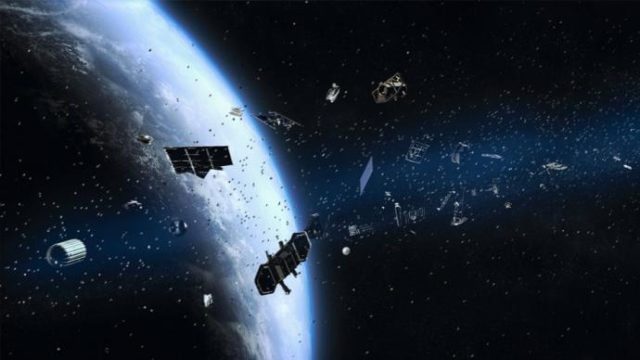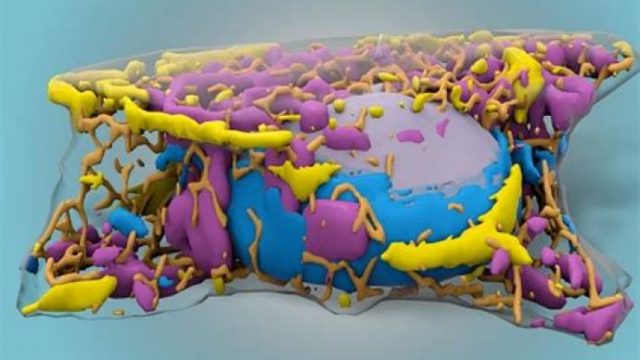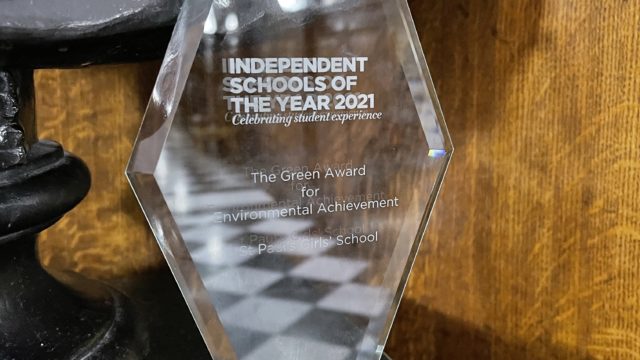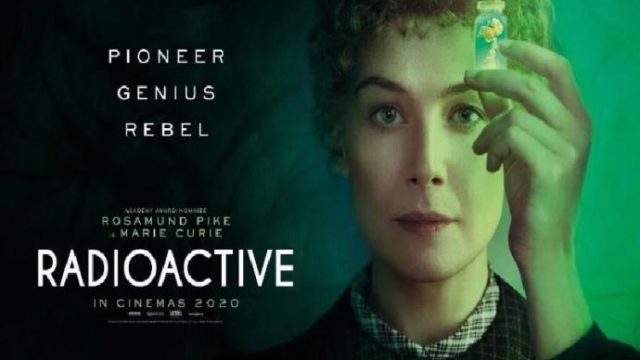iPaulina

How are we going to solve the problem of space junk?
And what happens if we don't?Space is getting crowded. As of 2020, there are around 34,000 pieces of artificial debris surrounding the Earth, weighing more than 8,000 tonnes. Space junk is mostly composed of pieces of space crafts, broken satellites or fragments of objects that have exploded after colliding with one another. This debris can continue to circle the Earth for hundreds or even thousands of years before eventually falling back towards Earth and burning up as they enter our atmosphere.
However, although space is vast, collisions between space junk and satellites are becoming increasingly common, with hundreds of collision avoidance manoeuvres being performed annually in order to steer clear of approaching debris. This includes the International Space Station, which is home to a number of astronauts, so a collision with space junk could cost the lives of those on board. On average, the US military issues 21 warnings of collisions per day. These manoeuvres are successful for the most part, although disasters do sometimes occur. In 2009, American satellite Iridium 33 crashed into the derelict Russian Kosmos 2251 communications satellite at a speed of 42,000 km/h, subsequently creating over 2000 pieces of debris. This debris has caused problems to Chinese satellites as well as the ISS, who have had to perform manoeuvres to avoid them. Although these collisions are rare, they are expected to get more numerous over the next few decades, as companies such as Amazon, SpaceX and Boeing are planning to launch thousands of satellites into space in the coming years.
Space junk has even struck a person on Earth! In 1997, Lottie Williams in Oklahoma saw what she believed to be a beautiful shooting star. A few minutes later, however, she was hit by a thin fragment of a fuel tank from the Delta II rocket. But don’t worry, the odds of getting hit by space junk are so small that you are thousands of times more likely to get struck by lightning.
That said, the increase in space junk does have some even more negative implications than the destruction of satellites and potentially manned spacecrafts. A theoretical scenario, developed by astrophysicist Donald Kessler in the late 1970s, suggests that when the density of objects in low Earth orbit gets high enough, collisions between objects could cascade and cause a domino effect for future collisions. His theory suggested that too much space junk would create a chain reaction of collisions, creating an exponentially increasing mass of debris, until Earth’s orbit becomes unusable for multiple generations. Scientists are worried that if we do not address the problem of space junk, we will soon be reaching a point of no return.
As the problem of space junk has worsened, the UN has set various international guidelines regarding this issue that have unfortunately not always been respected. Only around 60% of countries and companies have abided by these guidelines, suggesting that international regulations alone will not be able to solve this problem. More recently, scientists have been working on a mini-satellite called REMOVEDEBRIS. This satellite, which has been sent into orbit in 2018 to test its efficiency, contains a net, a harpoon and a solar sail, which help it to catch the debris and then push it towards re-entering the atmosphere, where the debris would burn up. If successful, this project hopes to be the first of many attempts to actually solve the worrying situation of space junk.
Joséphine VI







